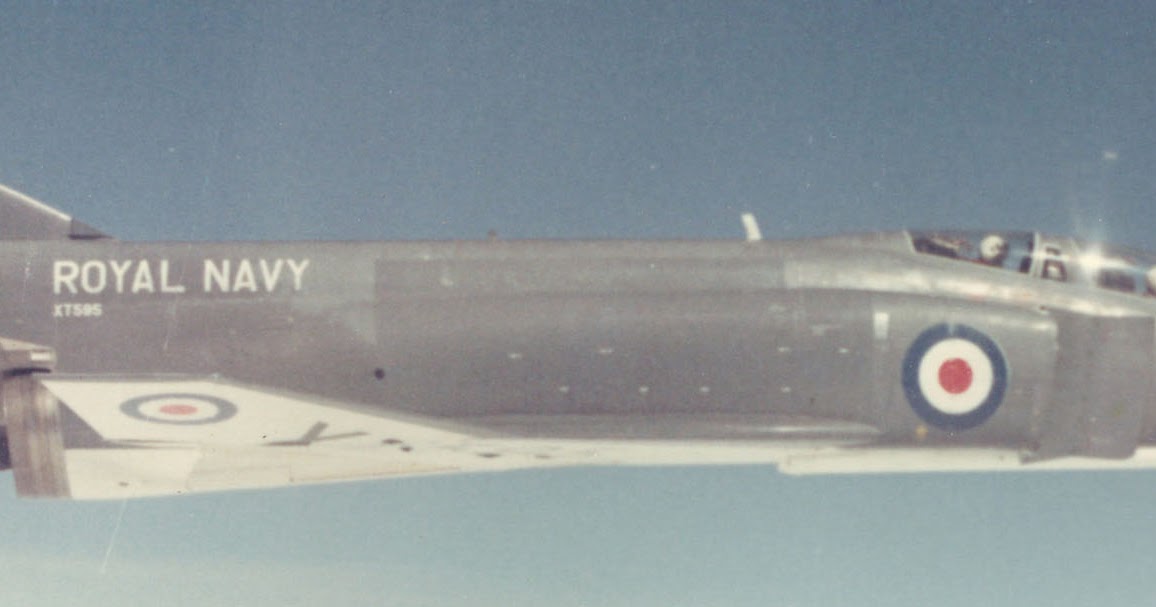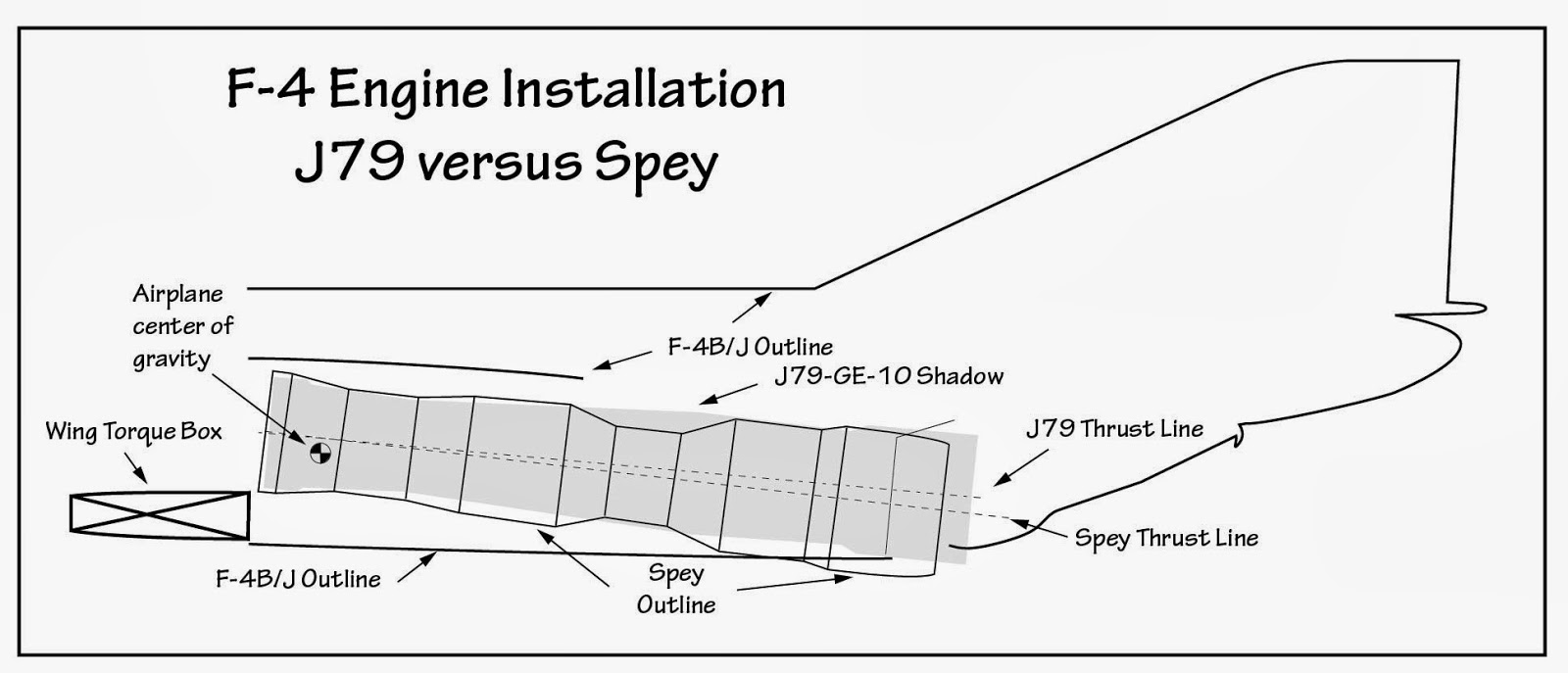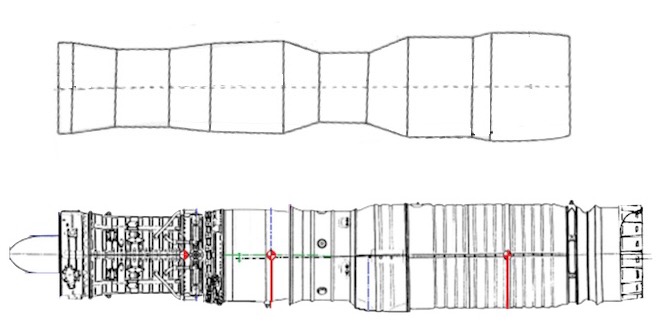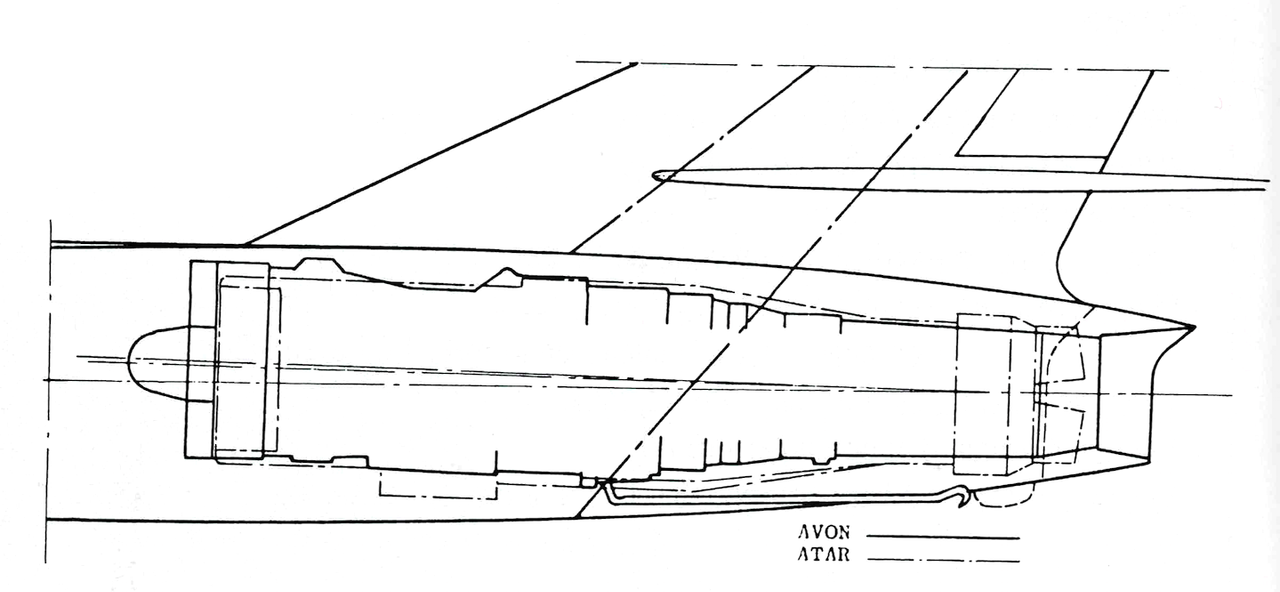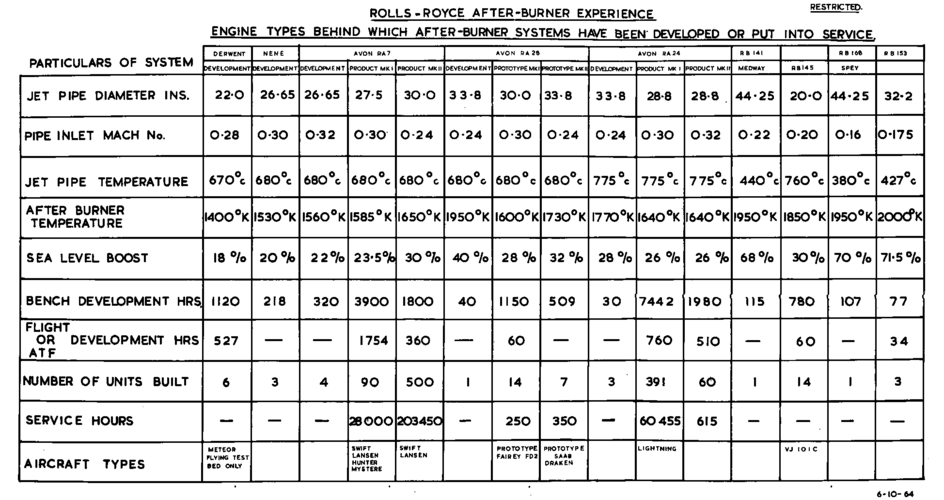You are right, of course. But if one does immerse oneself in the actual context, the circumstances remain the same and the UK inevitably buys the F-4 Phantom. No room for speculation there. The RAF and the RN had good reasons for choosing the Phantom when they did.Leaving aside all the alt history stuff I am still puzzled by this exercise.
While you may be taking bits and pieces to design a late 1950s alternative to the F4 you are starting from the experience of 2021.
By putting together some engines, systems, weapons and an airframe you are simply drawing your favourite type of plane outside of any valid context.
If we want to go on speculating, we need to remember that the Phantom itself is only the Phantom from the perspective of 2021. From the front end, it did not look at all likely to be a great fighter. It started as a single-seat attack plane designed by a company that did not exactly have a string of world-beaters behind it (Phantom I, Banshee, Demon). But it happened to have two superb engines (something for which the Navy did not have much of a record), an airframe capable of taking a big radar dish, and room for a second seat. If anything, it was pure accident that it turned out to be the best fighter of its generation.
So what set of accidents might have produced a viable British alternative?


